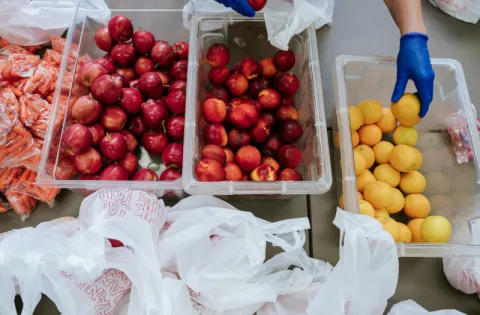New data about children from the Annie E. Casey Foundation aligns perfectly with what Bill Gates describes as “one of the best books I’ve ever read.” He is referring to "Factfulness", by Hans Robling, which makes the case that we - especially journalists and advocates - almost always over-estimate and dramatize how bad things are in the world and under-estimate how much progress has been made.
The central point is that social conditions can be both bad and better. Grounding oneself in fact (not necessarily data, but fact) is essential to creating effective and lasting change.
Here are the key findings from the Annie E Casey Foundation’s 2018 Kids Count Data Book published last week:
- The nation’s child poverty rate dropped from a peak of 23% in 2011 to 19% in 2016 resulting in nearly 2.3 million fewer children living in poverty
- The teen birth rate fell to an all-time low
- The rate of high school students graduating on time climbed to an all-time high
- Despite these shifts in the right direction, deep racial and ethnic inequities persist. For nearly all of the measures tracked by Kids Count, African-American, American Indian, Latino, and Southeast Asian children continue to fare worse than their peers.
We have been seeing the same dynamic when it comes to childhood hunger. Thanks to our No Kid Hungry campaign and other efforts, and a growing economy, progress has been unprecedented – reducing the number of hungry kids in the U.S. by more than 30%.
But even one hungry child is unacceptable. So, just as Rosling and Gates suggest, things are bad but better. We need to assert both.


